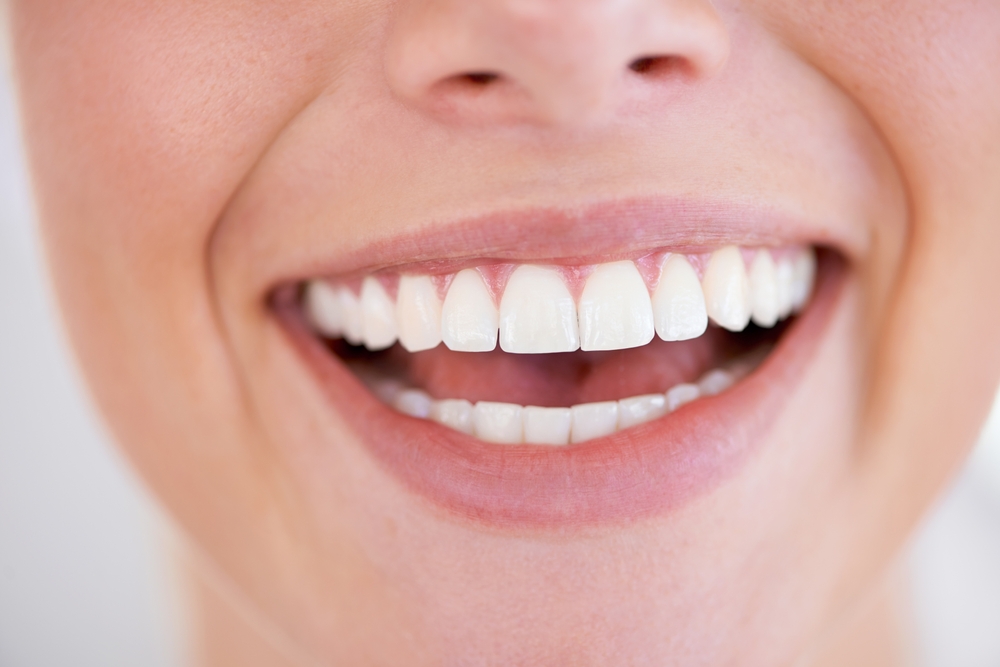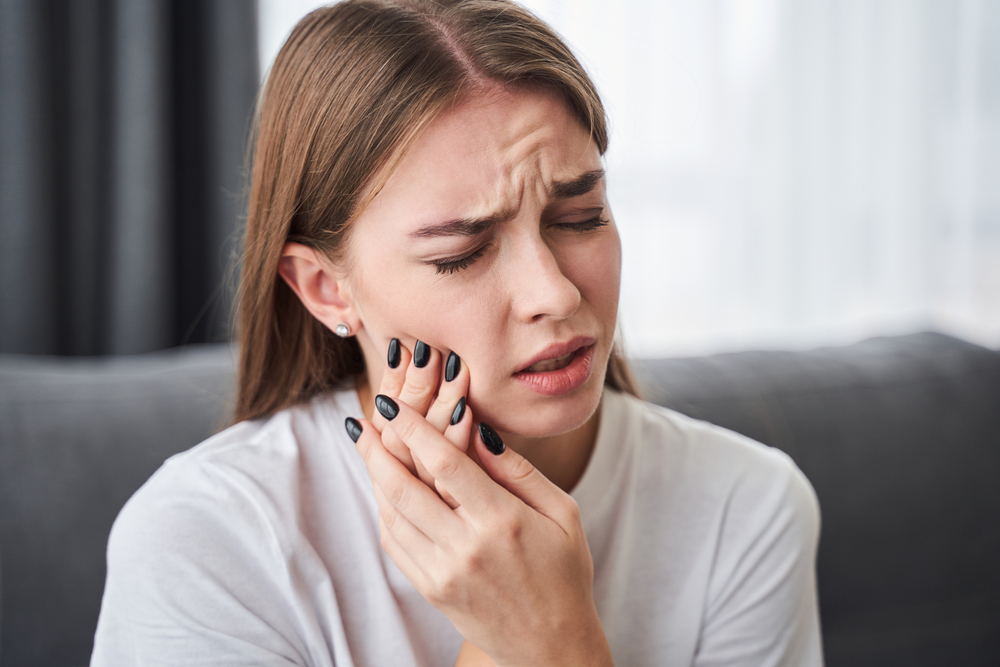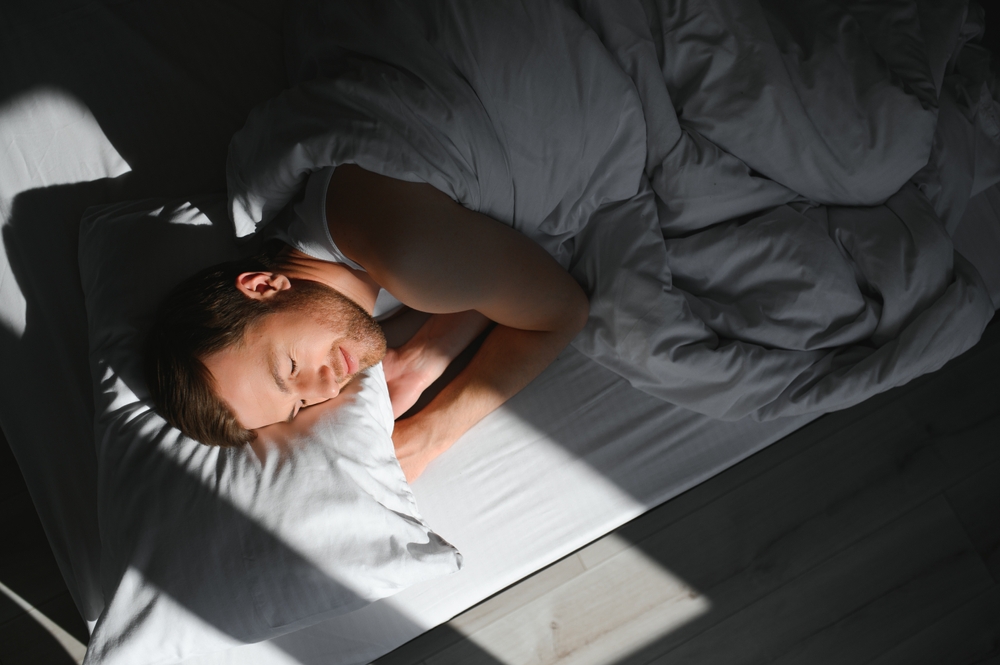Sleep apnea is a sleep disorder, and we think even the name sounds obstructive, don’t you?
So, what is sleep apnea, exactly? The “apnea” refers to a breathing suspension that lasts ten seconds or longer, as breathing gets briefly and repeatedly interrupted during sleep.
There are two forms of sleep apnea: obstructive, which is much more common –happens when the muscles in the back of the throat fail to keep the airway open; central sleep apnea happens when the brain fails to properly control breathing during sleep.
Did you know that more than 18 million American adults have sleep apnea?
What’s more, sleep apnea, or OSA, happens in all age groups and both sexes.
When we look at the risk factors, there seem to be a number of them: having a small upper airway (or large tongue, tonsils or uvula), a recessed chin, small jaw or a large overbite, a large neck size (17 inches or greater in a man, or 16 inches or greater in a woman), being overweight, smoking and alcohol use, being 40 or older, and ethnicity (African-Americans, Pacific-Islanders and Hispanics); also, it appears that OSA runs in some families, suggesting a hereditary factor.
Now, we all know how important getting adequate sleep is to our health and wellbeing.
Since sleep apnea causes low blood oxygen levels, the combination of interrupted sleep and oxygen deprivation may lead to hypertension, heart disease and mood and memory problems. Also, it often results in difficulty staying asleep, waking up feeling groggy, and drowsy driving.
Another important thing to consider – having disturbed sleep affects not only those who, unfortunately, suffer from this sleep disorder, but also those who sleep next to or close to them.
So, are there any treatments for this bothersome and dangerous sleep disorder?
There is a device called CPAP for people with OSA to use during sleep and the benefits can be big, but only if used correctly. A lot of people have trouble adjusting to their CPAP or are experiencing side effects of wearing the appliance. In addition, there are other therapies patients can try.
Sleep apnea, as well as snoring, can be corrected with the use of the TAP! dental appliance.
TAP! holds the lower jaw in a forward position, which nicely prevents it from shifting or falling open during sleep, and the device can be adjusted by the patient while it’s in the mouth. The great thing is that many patients experience relief from the disorder symptoms even on their first night with TAP!
At Smiles By Stevens cosmetic dentistry in Lancaster, PA we are committed to providing superior service in our cutting edge dental office, where you will receive the highest quality of dental care.
So, with the beginning of the New Year and many people setting intentions and creating new resolutions to be healthier and happier – now is the perfect time to find your solution and get treated for sleep apnea!
Dr. Shea F. Stevens specializes in general, cosmetic, and implant dentistry, and is currently getting certified in a minimally invasive procedure called palatal injections. Dr. Stevens was recently named one of PA’s top 20 dentists.
Start the year off by getting better sleep, so you can wake up refreshed and energized – trust Smiles By Stevens highly qualified and experienced staff to provide you with a solution.
At Smiles by Stevens of Lancaster, PA, we believe that everyone deserves to have different options when it comes to improving their health and we’re here to assist you with your wellbeing.
Learn more about the TAP! device and palatal injections – contact our office today and see if they are the right option for you.





